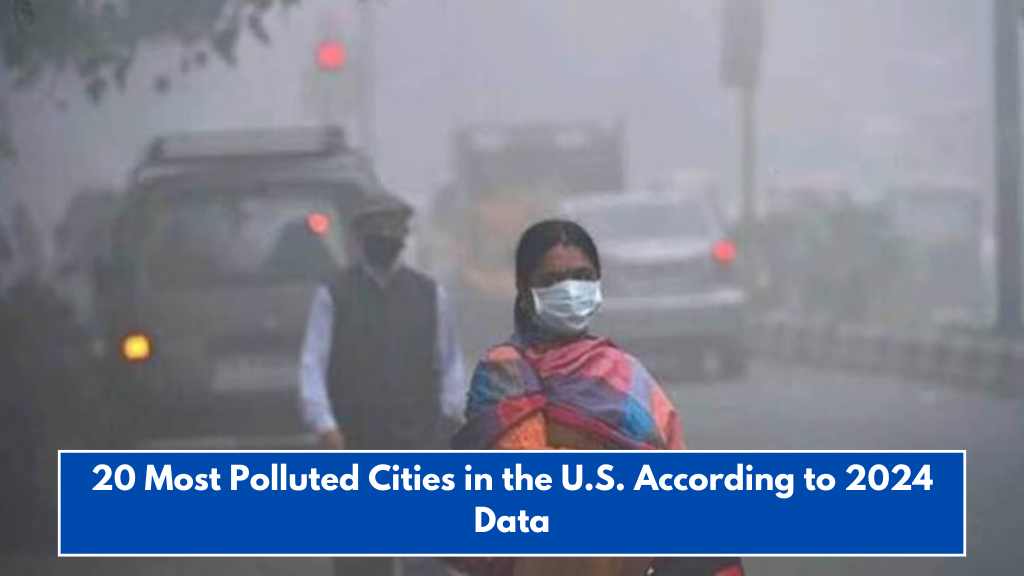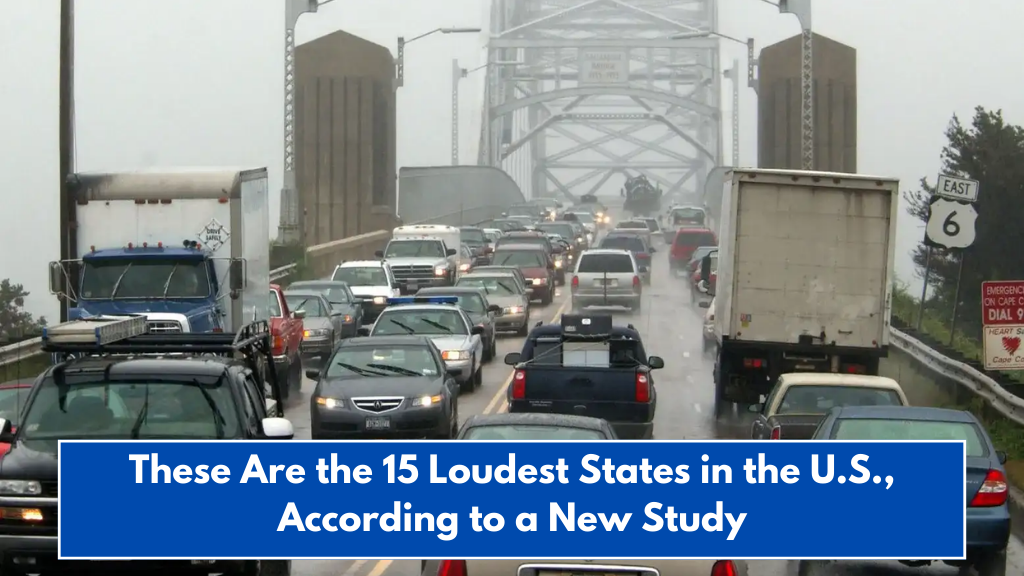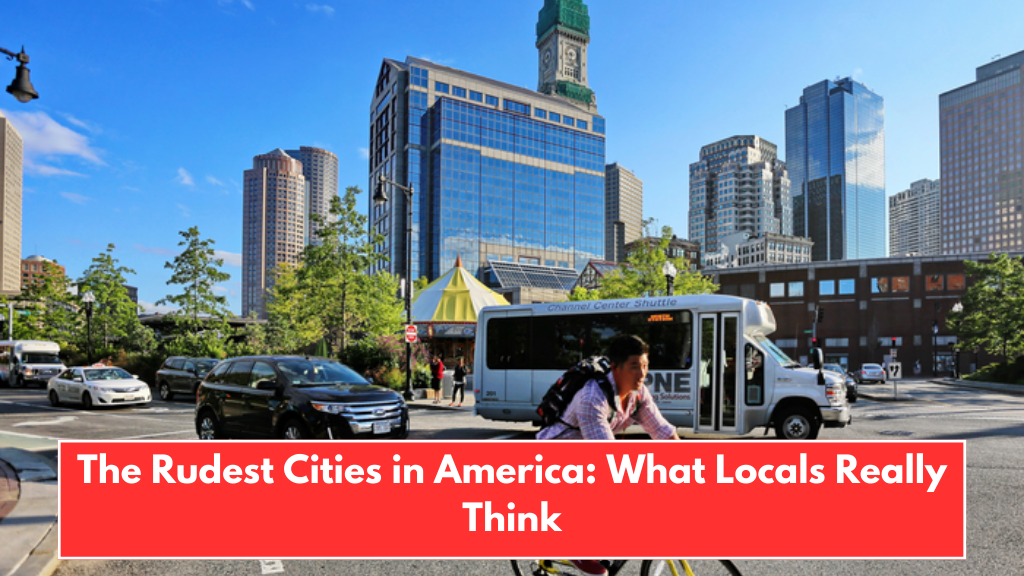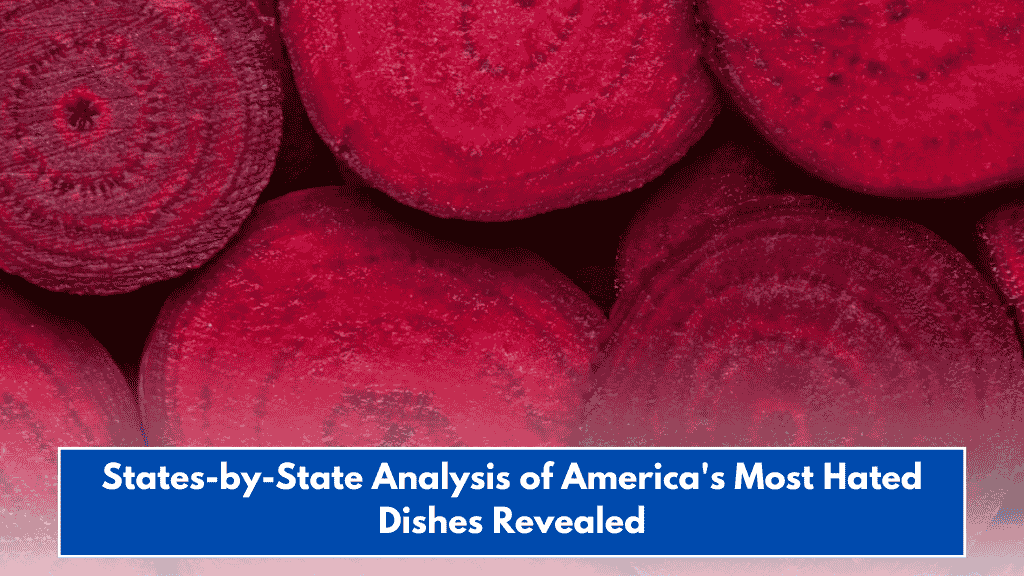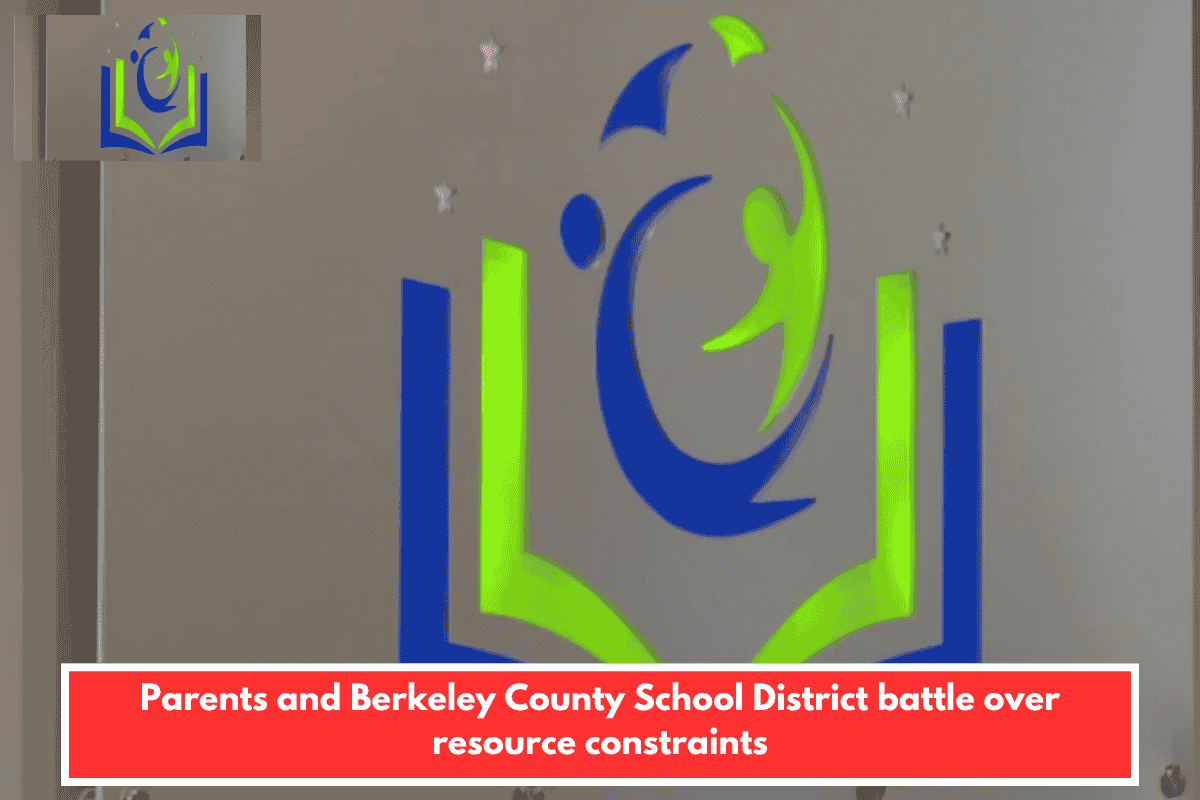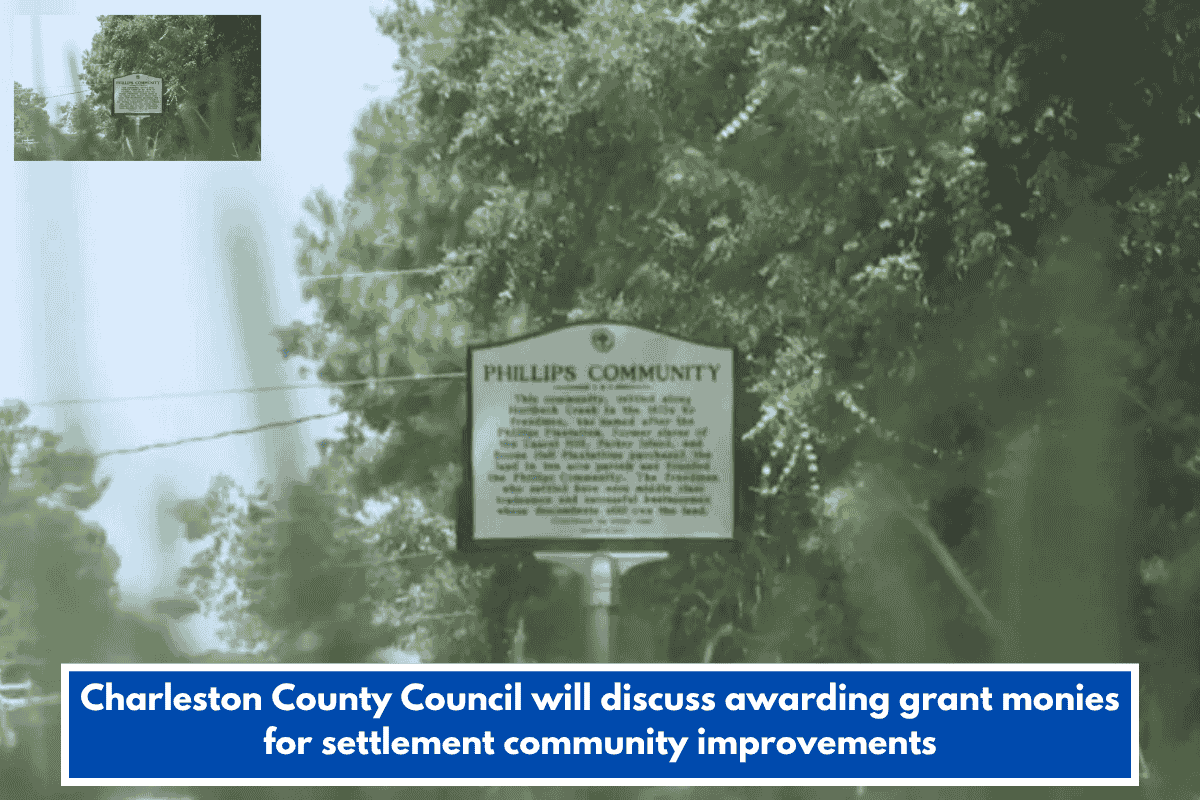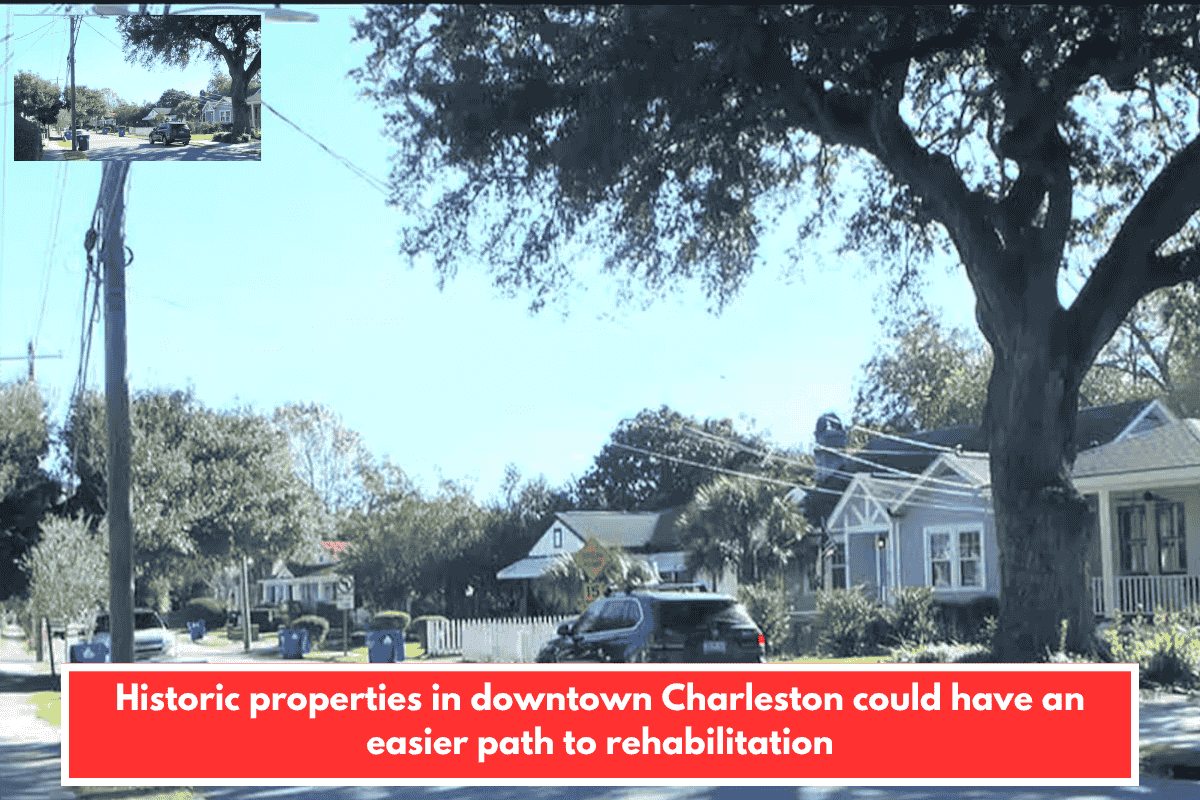Air pollution has been a concern in the United States for decades. Thanks to laws like the Clean Air Act, passed in the 1960s, overall air quality has improved. But despite progress, some cities still struggle with dirty air more than others.
Pollution in cities often comes from cars, factories, and even wildfires. Some areas, especially in states like California, face multiple causes of bad air quality, from traffic to climate-related events.
Visual Capitalist used the American Lung Association’s 2024 “State of the Air” report to identify the most polluted cities in the U.S. Let’s take a closer look at where air quality is the worst and why it matters for your health.
How Is Pollution Measured?
The cities on this list were ranked using something called PM2.5 levels. PM2.5 stands for particulate matter that’s only 2.5 micrometers wide—so small, it can go deep into your lungs and cause health problems.
For comparison, the American Lung Association says PM2.5 levels should be under 9.0, while the World Health Organization (WHO) recommends even lower: under 5.0.
The higher the PM2.5 level, the worse the air quality—and the more harmful it can be to breathe.
The Most Polluted U.S. Cities in 2024
1. Bakersfield, California
PM2.5 Level: 18.8
This farming city has very high levels of air pollution, making it the most polluted city in the U.S.
2. Visalia, California
PM2.5 Level: 18.4
Close to Bakersfield, Visalia struggles with bad air due to nearby farming and wildfires.
3. Fresno, California
PM2.5 Level: 17.5
Fresno’s air is heavily polluted from car traffic and farm-related dust.
4. Eugene, Oregon
PM2.5 Level: 14.7
Eugene faces air pollution mainly from wildfires and wood burning during colder months.
5. Bay Area, California
PM2.5 Level: 14.3
Even tech-rich areas like San Francisco suffer from air quality issues due to traffic and fires.
6. Los Angeles, California
PM2.5 Level: 14.0
Famous for its smog, LA’s pollution comes mostly from vehicles and nearby wildfires.
7. Sacramento, California
PM2.5 Level: 13.8
As the state capital, traffic and seasonal fires contribute to Sacramento’s poor air.
8. Medford, Oregon
PM2.5 Level: 13.5
Another city affected by wildfire smoke and wood stoves in winter.
9. Phoenix, Arizona
PM2.5 Level: 12.4
Phoenix’s dry weather and car usage increase dust and fine particles in the air.
10. Fairbanks, Arkansas
PM2.5 Level: 12.2
Cold winters lead to more heating by wood-burning, worsening air quality.
11. Indianapolis, Indiana
PM2.5 Level: 11.9
Industrial pollution and traffic are the main causes here.
12. Yakima, Washington
PM2.5 Level: 11.8
Like many Western cities, Yakima is impacted by wildfires and wood smoke.
13. Detroit, Michigan
PM2.5 Level: 11.7
Heavy industry and traffic keep pollution levels high in Detroit.
14. Chico, California
PM2.5 Level: 11.6
Wildfires around the region make Chico one of California’s less-known but polluted areas.
15. Spokane, Washington
PM2.5 Level: 11.6 (Tie with Chico)
Pollution from regional fires and local heating methods cause concerns in Spokane.
16. El Centro, California
PM2.5 Level: 11.1
Located in a dry desert area, El Centro deals with dust and traffic-related pollution.
17. Reno, Nevada
PM2.5 Level: 11.0
Wildfire smoke and growing city traffic are contributing to bad air in Reno.
18. Pittsburgh, Pennsylvania
PM2.5 Level: 10.9
Once known for its steel industry, Pittsburgh still battles with leftover pollution effects.
19. Kansas City, Kansas
PM2.5 Level: 10.8
Kansas City has moderate but rising levels of air pollution from vehicles and industries.
20. Las Vegas, Nevada
PM2.5 Level: 10.8
Traffic, dry desert air, and construction activity make Vegas one of the more polluted cities.
Even with stricter pollution rules, many American cities still face serious air quality problems. Cities in California dominate the list, mostly due to wildfires, agriculture, and traffic. Other cities suffer from industrial activity or heating-related emissions.
Breathing in too much PM2.5 can lead to health issues such as asthma, lung disease, and heart problems. If you live in one of these cities, it’s important to stay informed, use air purifiers indoors, and check daily air quality levels before going outside.

